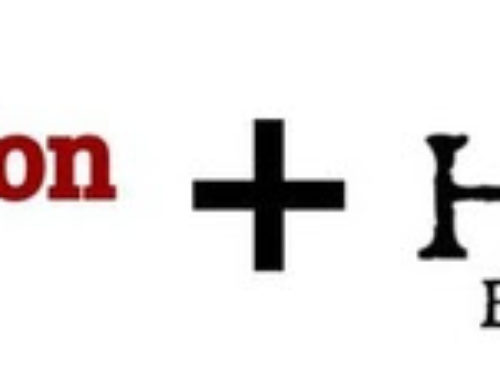After discussing the basics of brewing beer, it’s time to put our knowledge to use. Yesterday, I paid a visit to San Francisco’s iconic homebrew shop, San Francisco Brew Craft, with the intention of purchasing all the ingredients I would need to brew a batch.
San Francisco Brew Craft
After a brief deliberation I decided to make an English Brown Ale. This is one of my favorite styles of beer; if you’ve ever had New Castle, you’ve had an English Brown Ale. Characteristics of this style of beer include a dark brown or amber color and a nutty and/or malty flavor. They also like long walks on the beach, candle lit dinners, and romantic comedies. Often, Brown Ales will have hints of chocolate and burnt toast flavors. These dark colors and distinct flavor profiles are due, in large part, to the use of Crystal malts.
It had been awhile since my last brewing session, so I decided to knock off some rust with a malt extract brew. Malt extract is made by boiling down wort to a syrup like consistency and allows brewers to remove mash from the brewing process. I have mixed feelings about extract brewing. The mashing process is a major component of brewing and removing it always leaves me feeling like I’ve cheated. I’m sure Mr. Budweiser and Mr. Coors never brewed with extract! I laid out all my brewing equipment before getting started:
Specialty grains, extract, brew pot, wort chiller, fermenter
The first step for this brew was to steep the specialty grains which, for this recipe, were Crystal malt, oat flakes, and chocolate malt. Steeping grains is essentially like an abbreviated, small scale mash. As such, it is important that the water in which we soak the grains is at the proper temperature to activate the starch converting enzymes. The grains are place in cheese cloth and dipped in the brew pot just like a giant tea bag.

Steeping specialty grains Wort after steeping
Our next step in the brew is to add the malt extract and begin the boil. I used 6.5 pounds of extract.
Adding malt extract
When the wort begins to boil proteins from the grain being to coagulate and form what’s known as the “hot break.” The hot break takes the form of a layer of foam on the surface of the liquid. As more protein clumps together they will eventually settle to the bottom of the pot and the foam will dissipate. After the hot break we add our bittering hops. I used Kent Golding hops in pellet form for this brew.

“Hot break” Pellet hops
The wort boils for an hour with additional hop additions at thirty minutes and ten minutes. These additions help add a nice aroma to the finished beer.
After the boil, the wort needs to be cooled down quickly to reduce the chances of contamination as well as induce additional proteins to precipitate. To chill my wort quickly I used a copper immersion chiller. Cool water is run through the copper tubing that absorbs heat from the wort.
Chilling the wort
After cooling the wort to 75-80 degrees, we transfer it to the fermenter and pitch the yeast. I used Burton Ale yeast in liquid form for this brew. Secure the lid on the fermenter, insert the airlock, and stow in a an area with a stable temperature of 65-75 degrees that does not receive any sunlight. Exposure to direct sunlight can kill a vampire. It can also skunk your beer.

Pitching the yeast See you next week
I checked on this batch today, and am getting some active fermentation as we speak. After one week of fermentation I will transfer the beer to a secondary fermenter for an additional week before kegging / bottling. The hardest part of brewing is not all the chemistry or biology, it’s the waiting!







